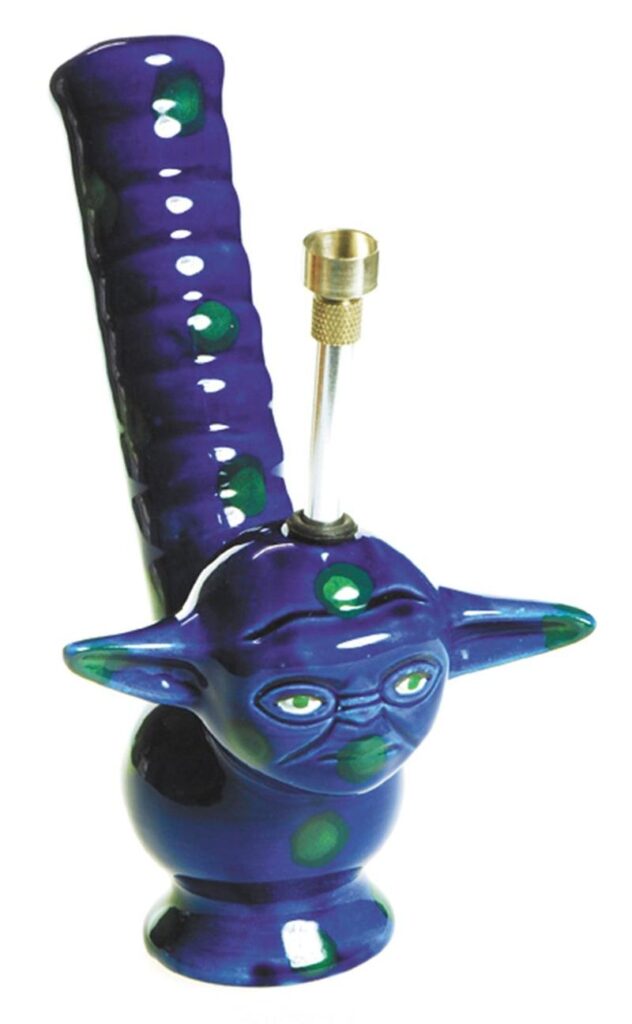Water pipes, commonly known as bongs, have been used for centuries for smoking various substances, particularly tobacco and cannabis. These devices have gained immense popularity due to their ability to filter smoke through water, providing a smoother and cooler inhalation experience. In this article, we will explore the history, design, and step-by-step process of making a bong, along with tips for usage and maintenance.
Understanding the Bong: A Brief History
The origins of the bong can be traced back to ancient civilizations. Archaeological findings suggest that similar devices were used in Africa and Asia as far back as 2400 years ago. The word “bong” itself is derived from the Thai word “baung,” which refers to a bamboo water pipe. Over time, the design of bongs has evolved, incorporating various materials such as glass, plastic, and ceramic, making them accessible and appealing to a broader audience.
In the 20th century, bongs became a symbol of counterculture, particularly during the 1960s and 70s. As cannabis legalization movements gained momentum, bongs transitioned from being niche items to mainstream smoking accessories. Today, they are celebrated not just for their functionality but also for their artistic designs, often crafted by skilled artisans.

The Anatomy of a Bong
Before diving into the process of making a bong, it is essential to understand its basic components. A typical bong consists of the following parts:
- Water Chamber: This is the main body of the bong where water is stored. The water acts as a filtration system, cooling and purifying the smoke before it is inhaled.
- Downstem: This is a tube that extends from the bowl into the water chamber. It allows smoke to travel from the bowl into the water.
- Bowl: The bowl is where the substance is packed and ignited. It often comes with a removable piece for easy cleaning.
- Neck: The neck is the long tube that connects the water chamber to the mouthpiece. It allows the user to inhale the smoke after it has passed through the water.
- Mouthpiece: This is where the user inhales the smoke. It is typically located at the top of the neck.
How to Make a Bong: Step-by-Step Guide
Creating your own bong can be a fun and rewarding project. Below is a simple guide to making a basic bong using common household items. Please ensure you are of legal age and in a location where such activities are permitted before proceeding.
Materials Needed

- A plastic bottle (such as a 1 or 2-liter soda bottle)
- A pen tube or a similar metal tube
- A lighter or matches
- Water
- Scissors or a knife
- A bowl (can be made from aluminum foil if necessary)
Instructions
- Prepare the Bottle: Start by removing the label from your plastic bottle. This will help you see the water level and ensure cleanliness.
- Make the Downstem Hole: Using scissors or a knife, carefully poke a hole in the side of the bottle about one-third of the way up from the bottom. The hole should be just big enough to fit your pen tube snugly.
- Insert the Downstem: Take the pen tube and insert it into the hole you just made. The end of the tube should extend into the bottle, reaching below the water line when the best weed grinder is filled.
- Create the Bowl: If you don’t have a bowl, you can fashion one from aluminum foil. Shape the foil into a small cup and poke a few holes in the bottom for airflow. Attach this to the top of the pen tube.
- Add Water: Fill the bottle with enough water to submerge the end of the downstem. Be careful not to overfill, as this can lead to spills when smoking.
- Test Your Bong: Before using your bong, make sure everything is secure. Light the substance in the bowl while inhaling through the mouthpiece. The smoke should travel down the downstem, bubble through the water, and into your lungs.
Tips for Using Your Bong
Once you have successfully made your bong, it’s essential to understand how to use it effectively. Here are some tips:
- Start Slow: If you’re new to bongs, take small hits to gauge your tolerance. The water filtration can make the smoke feel less harsh, leading to larger hits than you may be accustomed to.
- Keep It Clean: Regularly clean your bong to ensure optimal performance and taste. Use isopropyl alcohol and salt to scrub the interior, and rinse thoroughly with warm water.
- Experiment with Water Levels: The amount of water in your bong can affect the smoking experience. Try different levels to find what works best for you.
- Use Ice: Some bongs come with ice catchers, allowing you to add ice cubes to cool the smoke further. If your bong doesn’t have one, you can still place ice in the neck for a smoother hit.
Conclusion
Making a bong can be an enjoyable and creative process, allowing you to customize your smoking experience. With its rich history and cultural significance, the bong remains a popular choice for smokers around the world. Whether you opt for a DIY approach or purchase a professionally made piece, understanding the mechanics and maintenance of your bong will enhance your enjoyment. Always remember to use responsibly and in accordance with local laws.
Leave a Reply